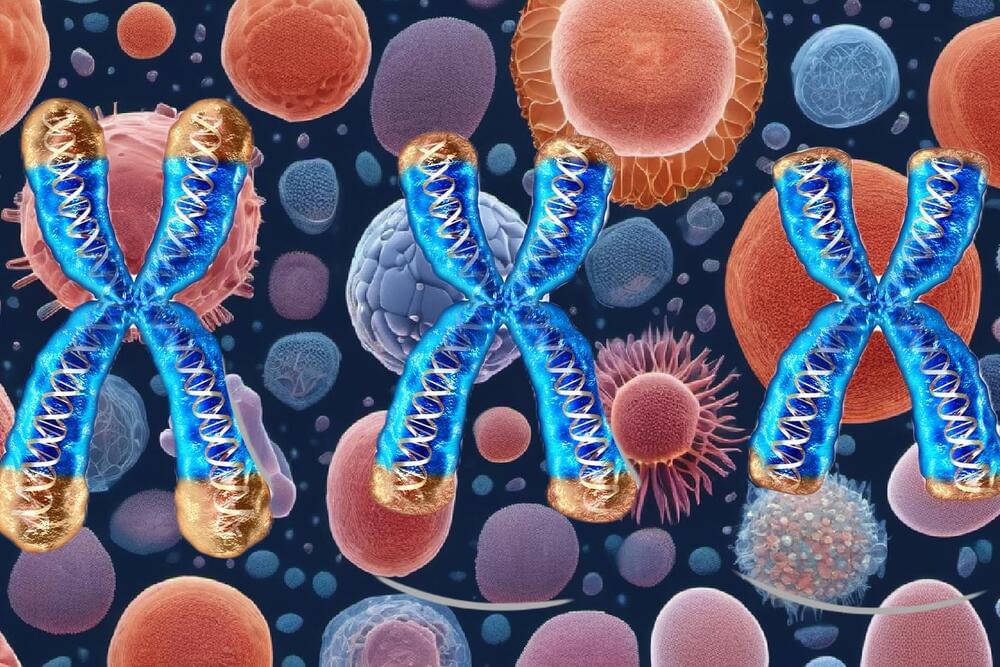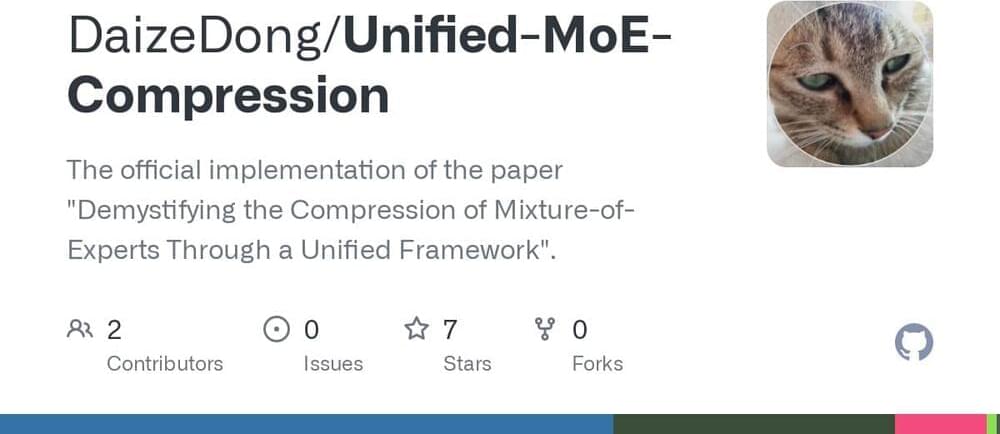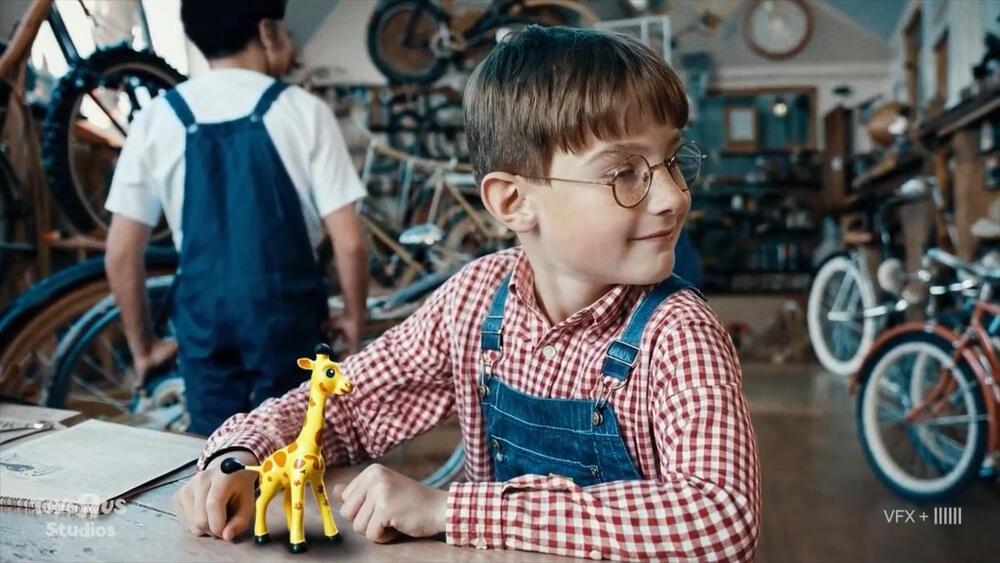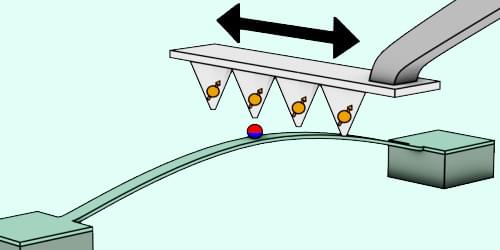Jun 27, 2024
High mirror symmetry in mouse exploratory behavior
Posted by Dan Breeden in category: space
The physicality of the world in which the animal acts-its anatomical structure, physiology, perception, emotional states, and cognitive capabilities-determines the boundaries of the behavioral space within which the animal can operate. Behavior, therefore, can be considered as the subspace that remains after secluding all actions that are not available to the animal due to constraints. The very signature of being a certain creature is reflected in these limitations that shape its behavior. A major goal of ethology is to expose those constraints that carve the intricate structure of animal behavior and reveal both uniqueness and commonalities between animals within and across taxa. Exploratory behavior in an empty arena seems to be stochastic; nevertheless, it does not mean that the moving animal is a random walker. In this study, we present how, by adding constraints to the animal’s locomotion, one can gradually retain the ‘mousiness’ that characterizes the behaving mouse. We then introduce a novel phenomenon of high mirror symmetry along the locomotion of mice, which highlights another constraint that further compresses the complex nature of exploratory behavior in these animals. We link these findings to a known neural mechanism that could explain this phenomenon. Finally, we suggest our novel finding and derived methods to be used in the search for commonalities in the motion trajectories of various organisms across taxa.
Keywords: animal behavior; constraints; exploration; locomotion; memory; mouse; operational space; symmetry.
Copyright © 2024 Fonio and Feinerman.


















